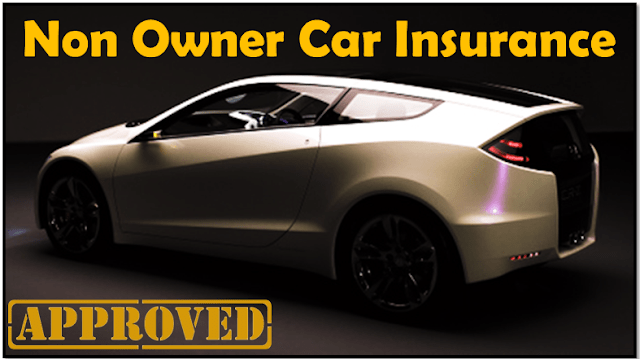What Are Non-Owner Car Insurance Rates?
When considering non-owner car insurance rates, you'll find that location, driving history, and coverage choices play essential roles. Rates can range dramatically; some states see averages exceeding $490, while others offer rates below $200. A clean driving record can lower your premiums considerably. But how do you navigate these variables to find the best options? Understanding the nuances of your specific situation can lead to substantial savings.
When you don't own a car but still need insurance, non-owner car insurance offers a practical solution that provides liability coverage for occasional or frequent drivers. This type of insurance is designed to protect you from financial liability if you're involved in an accident while driving a borrowed or rented vehicle. However, understanding how non-owner car insurance rates work is important to make an informed decision.
Non-owner car insurance provides essential liability coverage for drivers without a vehicle, ensuring protection in borrowed or rented cars.
Non-owner car insurance typically serves as secondary coverage, meaning it pays out only after the vehicle owner's insurance has been exhausted. This aspect is significant because it can affect how much you might need to pay for your policy. Generally, the cost of non-owner insurance is lower than standard car insurance policies, making it an attractive option for those who don't drive regularly yet require coverage. Rates vary considerably based on factors like geographical location and driving history, and this type of insurance is essential for anyone who occasionally drives.
Your geographical location plays a key role in determining your non-owner car insurance rates. Different states have specific requirements for minimum liability coverage, which can impact your premiums. For instance, states like Florida and Michigan have some of the highest average costs, with rates exceeding $490 annually. Conversely, states like Iowa and South Dakota offer much cheaper rates, often under $200. This variance underscores the necessity of knowing how your location affects your insurance costs.
Another important factor influencing rates is your driving history. Insurance companies often view non-owners as less risky due to their less frequent driving, but if you have a history of accidents or claims, your rates could be higher. Additionally, the amount of liability coverage you decide to purchase will also impact your premium. Higher coverage limits generally result in higher rates, so it's important to balance your needs against your budget.
When comparing costs across different insurers, you'll find notable differences. For example, State Farm offers one of the cheapest non-owner policies at an average annual rate of $213, while USAA comes in at an even more competitive $177 per year. In contrast, Progressive charges a steep average of $536. By shopping around and comparing quotes from multiple providers, you can identify the best rates available.
In addition to shopping around, there are several cost-saving strategies you can implement. Reviewing coverage limits and deductibles helps you select the most affordable policy. Being proactive in contacting insurance companies can often yield better deals. It's also wise to utilize online resources for rate comparisons and broker advice to maximize your savings.
Understanding non-owner car insurance rates is important for anyone needing liability protection without owning a vehicle. Not only does this insurance protect you in case of an accident, but it also guarantees continuous coverage, preventing rate increases due to lapses. By taking the time to research and compare policies, you can find a non-owner car insurance plan that meets your needs without breaking the bank.
Conclusion
Maneuvering the roads of non-owner car insurance can feel like wandering through a dense forest, where hidden paths lead to varying costs. Just as a skilled traveler knows to choose the right trail, you can find the best rates by comparing quotes and understanding your unique circumstances. With a clean driving record as your compass, you can steer towards affordable coverage, ensuring peace of mind on your journey, no matter where the road takes you.

